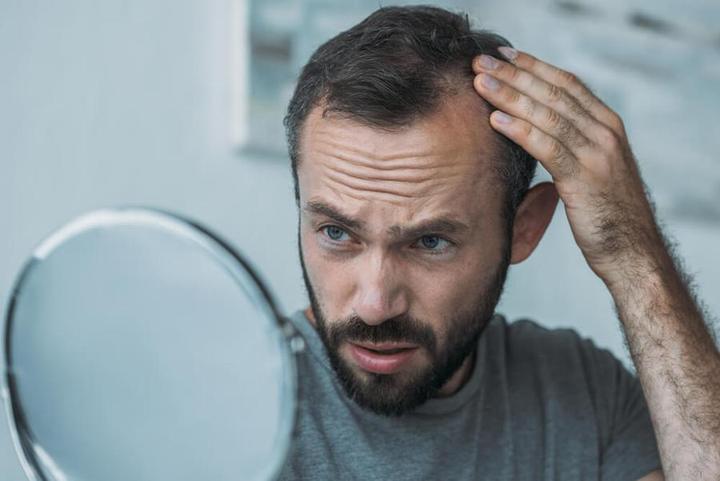Should You Get Steroid Injection Treatments for Alopecia
Reviewed by Zang and Ridwan
Did you know that the American Hair Loss Association predicts that around two-thirds of men will experience some degree of appreciable hair loss by age 35; while 85% will have significantly thinning hair by age 50? Alopecia is an issue that has got men terrified all over the world, especially as it is manifesting very quickly, even if someone is in their 20s! That is why a lot of men are opting to take steroid injection treatments for alopecia, as it is believed to be quite effective in combating hair loss.
What is Alopecia?
Alopecia is a medical condition that causes hair loss, which can range from mild to severe. The most common type of alopecia is alopecia areata, which leads to patchy hair loss. Another type of alopecia is androgenetic alopecia, which is often referred to as male pattern hair loss or female pattern hair loss. It leads to a receding hairline and thinning hair, which can potentially result in complete baldness.
What Causes Alopecia?
Current evidence suggests that alopecia areata is caused by an abnormality in the immune system that damages hair follicles. This particular abnormality leads to autoimmunity, a misguided immune system that tends to attack its own body and leads to patchy hair loss.
Androgenetic alopecia tends to be caused by genetics and hormones.
What are Steroid Injections for Alopecia?
Steroid injections, such as corticosteroid injections into the scalp, are used to encourage hair regrowth in cases of extensive alopecia areata or severe alopecia areata. These injections are targeted treatments and are not suitable for all types of hair loss, such as those linked to aging. In some cases, oral steroids like prednisone might also be prescribed. However, it’s important to be aware of the potential downsides of steroid treatment for alopecia:
- Temporary Effects: Any hair growth from the steroid injections might not be permanent, requiring repeated treatments to regrow hair.
- Skin Changes: Frequent injections can lead to thinning of the skin, changes in skin color, and indentations at the injection site.
- Potential for Systemic Side Effects: Although uncommon, systemic effects such as mood swings, elevated blood pressure, and higher blood sugar levels can occur, especially with extensive use.
Treating Alopecia: Scalp Micropigmentation
If you're suffering from alopecia, Scalp Micropigmentation (SMP) could be the solution you need. Unlike steroid injections, there are minimal to no side effects, and the treatment is long-lasting, giving you the illusion of a shaved/buzzed appearance.
SMP uses micro-needles to deposit natural-looking pigment into the scalp to mimic the appearance of hair follicles. The benefits of SMP treatment include:
- Creates the appearance of a closely shaved head
- Non-invasive
- Minimal to no downtime
- Long-lasting results with minimal maintenance required
- Provides a defined hairline
- Low risk of any complications
- Immediate results after the first session
